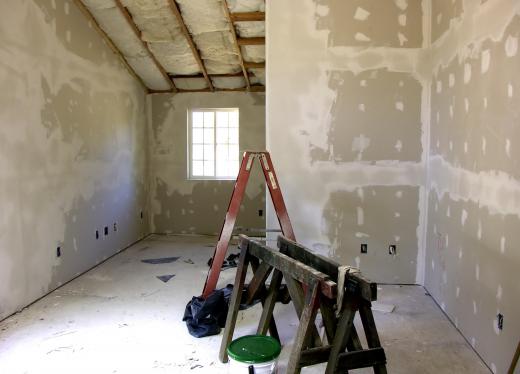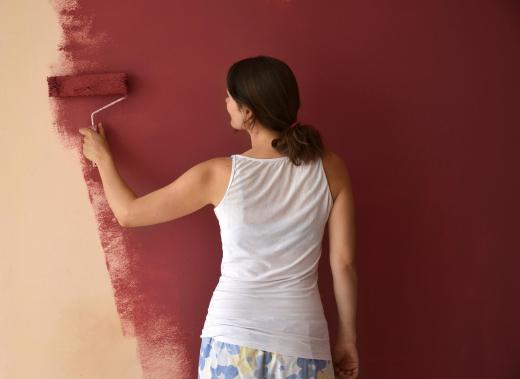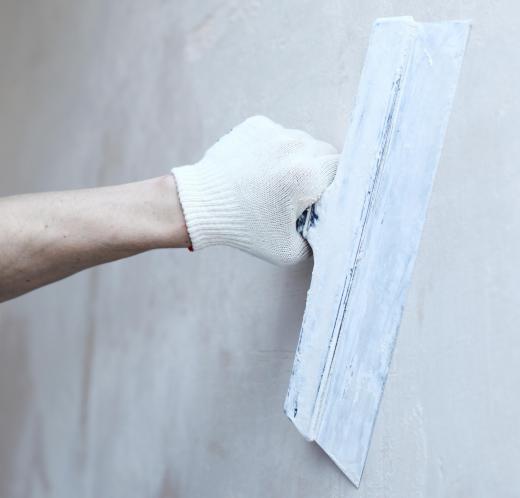The process of taping and floating is a common task that takes place during the installation of sheetrock. Essentially, this procedure helps to hide the rough edges of the sheetrock where the sections join, creating a smooth look to the entire wall. Just about any type of drywall finishing project will require at least some taping and floating before the job is finished.
The actual tape and float process is straightforward. The first task is to install the sheetrock, securing it to the area with the use of nails or screws. It is important to make sure the heads of the nails and screws do not protrude above the surface, and it is also a good idea to apply corner bead around all the edges. This will help to create a seal that can then be covered.

To start the procedure, measure and cut strips of drywall tape. In most cases, it is better to use the mesh variety of tape rather than paper. Apply the tape to the edges of the sheetrock and also to any seams in corners and where two panels meet along the wall. Use small strips to cover the nail or screw heads. Make sure the tape is applied smoothly, with no wrinkles or bubbles.

Once the tape is in place, it is time to begin the float portion of the process. Essentially, floating drywall is the application of mud over the taped sections. The mud can be purchased in a premixed compound, but it is intentionally made a little thicker than necessary. Water it down according to the product instructions and mix it thoroughly.
Applying the mud to the tape involves using a taping knife. Use the knife to scoop a small amount of the drywall mud and begin applying it to the seams, including any corner seams. You can then move on to smoothing a small amount of compound over the nail heads. As you go, make sure to even the surface of the application as much as possible. Allow the first round of floating to dry, then apply a second coat. In most cases two coats of mud will be sufficient.

The final step in the tape and float process is to sand the dried mud so that the texture of the wall appears completely smooth. Use your hand to make sure the mud and the surface of the sheetrock are smooth. It is a good idea to keep a clean dry cloth handy to wipe away and residue.
After the process is complete, you can then move on to painting or otherwise covering the walls. The end result of your efforts will be a wall that looks and feels smooth and appears to be one solid expanse rather than joined sections of sheetrock. While the finishing process takes a little time, the end result is well worth the effort.

